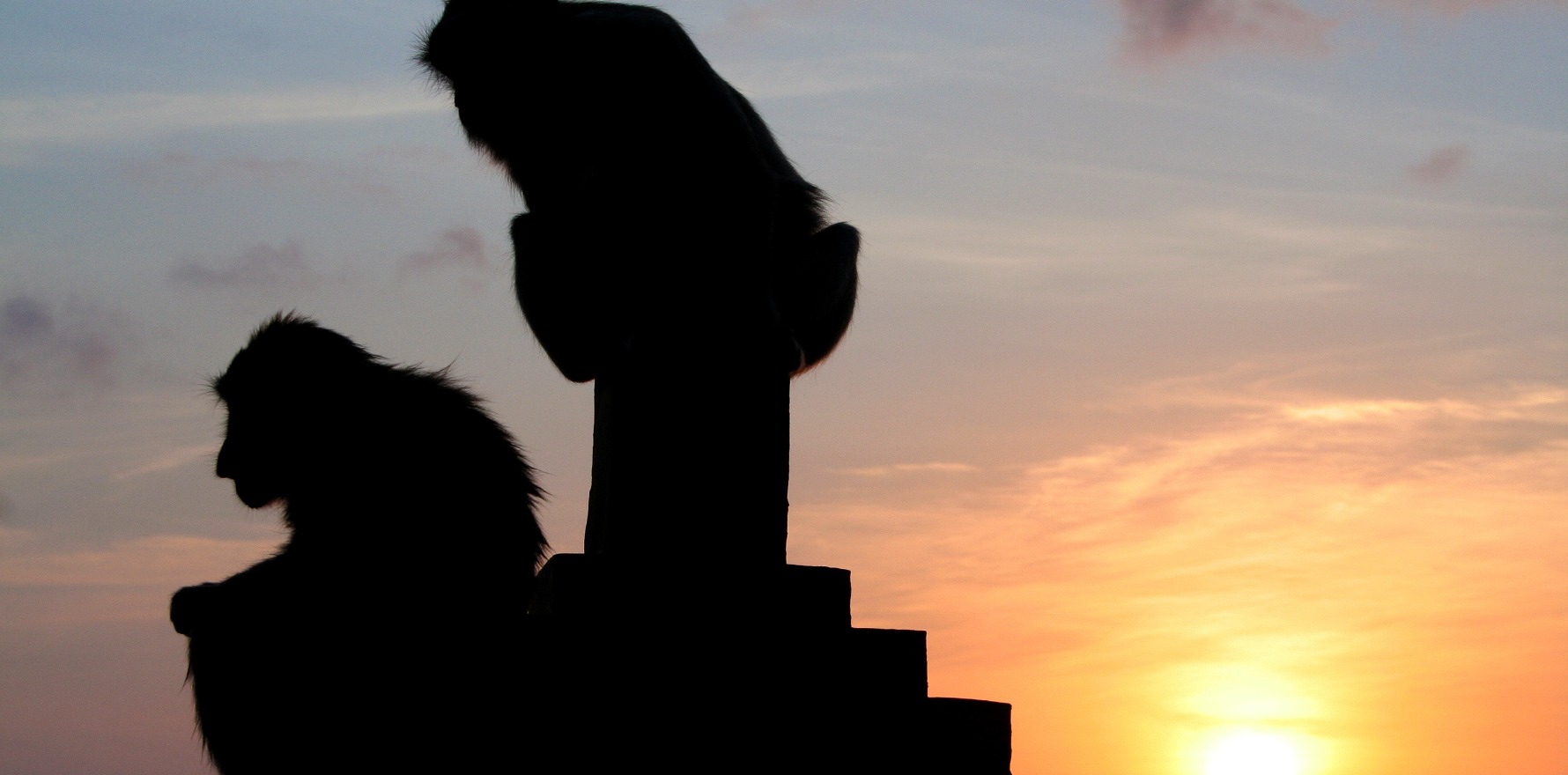
A world expert on monkeypox warns cases could spiral and even find animal hosts in Australia.
The race is on to get monkeypox under control before cases spiral and the virus finds animal hosts in Australia, warns the country’s leading expert.
Professor Raina MacIntyre said Australia needed to take the virus seriously, as there was only a small window of opportunity to act.
“When you look at what’s happened globally, we’ve gone from double digits to over 12,000 cases in about two and a half months, so we don’t have a long time to sit and ponder things,” she said.
“I think my view is different from other people who have a more relaxed attitude about monkeypox in Australia, but my view is informed by my own background and knowledge.
“We don’t want it becoming established in animal hosts in Australia … it’s just another level of insecurity that we don’t need.”
Latest official figures show there are 33 cases (confirmed and probable) of monkeypox in Australia. This includes 17 in NSW, 12 in Victoria, two in the ACT, one in Queensland and one in South Australia.
Monkeypox had not been identified in Australia before May 2022. It is endemic to parts of Africa, although the recent global outbreak has been detected in the UK, Europe, northern America, the Middle East and other areas that are not endemic for the virus.
The Australian Government declared monkeypox to be a nationally notifiable disease for six months from 1 June this year. During this time a review will determine whether to list the virus permanently.
Professor MacIntyre, who heads the biosecurity program at the Kirby Institute, is also on the WHO’’s Strategic Advisory Group of Experts on Immunization Monkeypox and Smallpox.
This week the MJA published an editorial on monkeypox she co-authored with fellow Kirby Institute Professor Andrew Grulich, an epidemiologist with a special interest in HIV and STIs.
They said Australians may be more vulnerable to the virus because mass vaccination has never been used.
“Only about 10% of Australians (mostly migrants) have been vaccinated, and almost one in five people live with medical immunosuppression today,” they wrote.
“From a NSW blood donor sample, we estimated close to zero immunity to vaccinia in Australia.”
So far the majority of cases in Australia have been in men who have sex with men, although there have been reported transmissions to health care workers.
“The clinical presentation is different, with lesions often starting in the genital area instead of the face,” they wrote.
“Hospitalisations have been uncommon, with no deaths. The epidemic is due to the West African clade with a number of new mutations. Transmission is likely via skin to skin contact during sexual contact or during other close contact.”
They say the outbreak in humans needs to be stopped and prevented from becoming established in animal hosts in Australia.
“Introduction of dengue and now Japanese encephalitis (JEV) into Australia are lessons to heed,” they wrote.
Official figures from 13 July show there were 39 cases of Japanese encephalitis in Australia, 29 of them confirmed with definitive laboratory evidence. These include 13 in NSW, two in Queensland, five in South Australia and nine in Victoria.
The remaining 10 are listed as “probable cases where the person has been linked epidemiologically and/or has symptoms of the disease and has laboratory suggestive evidence,” according to the Department of Health and Aged Care.
Professor MacIntyre said the Japanese encephalitis outbreak in Australia was “a big failure in my opinion.”
“This is a potentially fatal virus which comes from mosquitoes, and the vector for JE is not present in Australia and has never been present in Australia,” she said.
“The virus itself had never been documented on mainland Australia – it occurred in the Torres Strait.”
She said the lack of centralised monitoring and a holistic approach to managing mosquito-borne disease security threats had allowed Japanese encephalitis to flourish.
“You’ve got human surveillance over there, and surveillance of livestock and farming over there and there all separate systems,” she said.
“And something fell between the cracks and we’re now going to live with Japanese encephalitis forever.”
Professor MacIntyre said Australia needed to beef up its preparedness for outbreaks like monkeypox when they began – in this case back in 2017 when the Nigerian outbreak really took off. But it had missed the opportunity to stockpile vaccines and antivirals.
“But just like we had no PPE and not enough PPE when covid struck, it’s the same thing again,” she said.
“I believe that they’re [monkeypox antivirals and vaccines] on the way but we really should have had them already, ready to go. That’s the point of preparedness. It’s not scrambling when something happens to them. They’re really in your stockpile.”
Both Professor MacIntyre and Professor Grulich said they believed that the Australian health care system can respond effectively to monkeypox, “especially if we rapidly procure third generation vaccines and antivirals and proactively use these to control the epidemic.”
“We have good surveillance systems and monkeypox became a notifiable disease nationally on 1 June 2022,” they wrote in the MJA editorial.
“Australia has had enormous success with HIV control and can draw on this infrastructure, community groups and expertise, as well as the coronavirus disease 2019 (covid 19) infrastructure.
“However, the ongoing burden of covid 19 on the health system may pose a challenge if the monkeypox epidemic becomes large in Australia.
“Covid 19 pandemic fatigue may also mean people are less inclined to follow health advice. Vaccination of close contacts should be the first step.”

